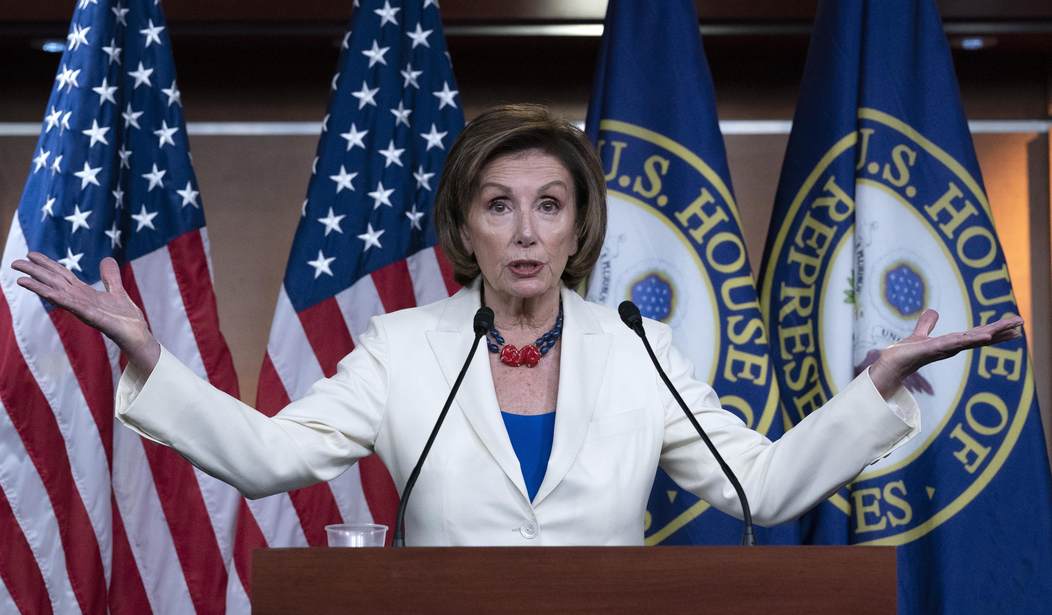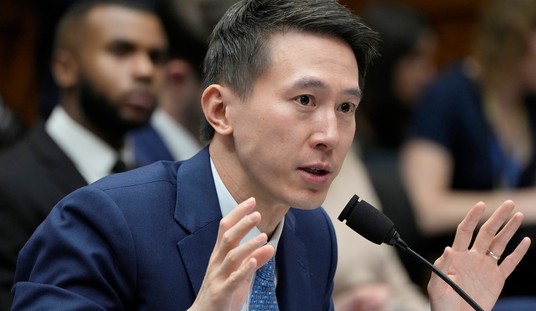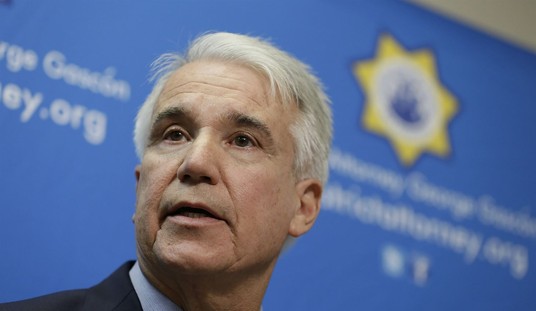Has the Democrat brand gotten so damaged already, as Axios’ Alexi McCammond suggested this morning, that their incumbents have to run away from it? It depends — mainly on location. The first case in point, and perhaps the most obvious, is this three-minute campaign pitch from a man who contended at one point for Speaker of the House. Note well what dog doesn’t bark in this ad from Tim Ryan:
I'm running for U.S. Senate to fight like hell to cut workers in on the deal. pic.twitter.com/O1hkLdS1up
— Tim Ryan (@TimRyan) April 26, 2021
As one can see, Ryan first put this out in late April — three months ago — in a bid for the Democratic nomination for the Senate seat in Ohio. Ohio has gone sharply Republican over the last few cycles, and perhaps even more sharply populist. However, McCammond notices that Democrats in other states are distancing themselves from the party’s label, and more importantly from the messaging of its leadership:
Why it matters: With control of the House and Senate on the bubble, many ambitious Democrats — from the South to the Midwest to the Rockies — are running against their own national party’s image.
What’s happening: After four years of listening to President Trump, many rural voters are reflexively distrustful of progressive solutions to everything from the pandemic to infrastructure. …
In a 3-min. ad for his Senate campaign, Rep. Tim Ryan of Ohio never says he’s a Democrat.
What we’re hearing: Democratic strategists are advising candidates in states like these to refrain from “fancy” language, and focus on populist economic policies.
Several consultants insisted that Democratic policies — on labor rights, broadband, climate and infrastructure — are popular in rural areas. It’s the messaging that’s causing heartburn.
If that’s the case, why aren’t Democratic Party leaders messaging on those policies? They’re too busy defending critical race theory and torpedoing the highly popular Hyde Amendment, while also demanding an end to the Senate filibuster and the launch of court-packing schemes. That messaging is designed to be a sop to the party’s left wing, but it’s becoming a brand — and one that leaves Democrats vulnerable outside all but the most hard-progressive constituencies.
The Miami Herald also noticed this with its “Republicans pounce®” coverage of the CRT debate:
Republicans are leaning into the burgeoning battle over critical race theory, betting that the hot-button issue will not only energize their base, but help bring back some of the swing suburban voters they lost in the last election.
While the party has focused to varying degrees on several contentious cultural issues in the six months since President Joe Biden took office — ranging from coronavirus pandemic restrictions to transgender youth in sports to migrants at the border — top Republican officials and operatives say critical race theory is among the topics that are likely to have a longer shelf life heading into the 2022 midterm elections.
They argue that the issue can be targeted towards key voting blocs, most notably suburban parents, and also fit into the GOP’s broader strategy of portraying the Democrats who control Washington as shifting too far to the left.
The Minneapolis Star Tribune reports that this pitch is effective, and that at the least Republican leadership has noticed:
Jason Kirchenwitz wanted to know more about an issue arising often now in his conversations, and he suspected others did too, especially Republican activists he helps organize in rural Grant County.
He was right. Nearly 100 people filed into a gymnasium in this town of fewer than 500 people last week for a meeting he called. They all came to hear about critical race theory. …
A June poll commissioned by the National Republican Senatorial Committee and the Republican Governors Association found 63% of voters in 26 battleground states disagreed with the statement that white people were inherently racist because they benefited from “systematic racism and white privilege.”
“Parents all over the country have been mobilized because they do not want their children being taught that they are automatically racist because of their skin color. I fully expect Democrats’ support for this controversial theory to be at the center of 2022 campaigns,” said National Republican Congressional Committee Chair Tom Emmer, who represents Minnesota’s Sixth District in Congress.
That’s just one small part of the extremism that has gripped the Democratic Party, both before and after the 2020 elections. People might tend to forget this in the wake of the George Floyd riots, but the 2019 debates reflected this lurch to the left as well. Joe Biden was practically the only candidate on stage who reflected any sense of traditional Democratic messaging, and even he got pushed into supporting the more radical progressive agenda items in an effort to hold off Bernie Sanders. As a result, party leaders have been pushed around ever since on messaging, listening more to The Squad and social-media influencers than their own voters in districts they need to hold to hang onto majorities in Congress.
It’s still early in the 2022 cycle, of course, so branding in these ads can and will adapt as primaries get closer. But the fact that these candidates feel a need to be arms’ length from their own affiliation speaks volumes about their prospects — and the current direction of the Democratic Party.








Join the conversation as a VIP Member